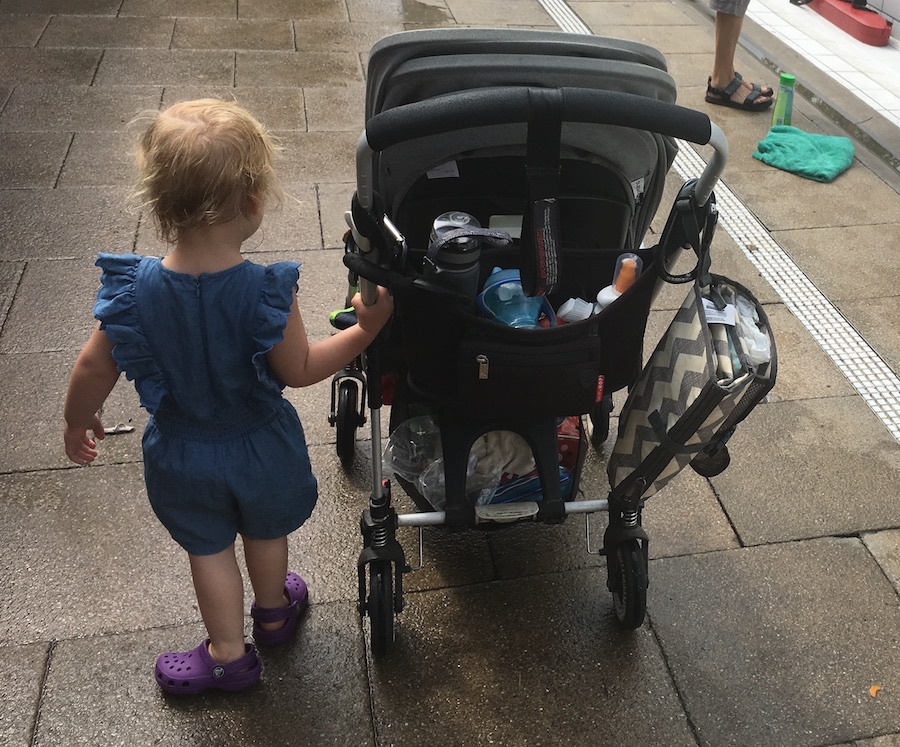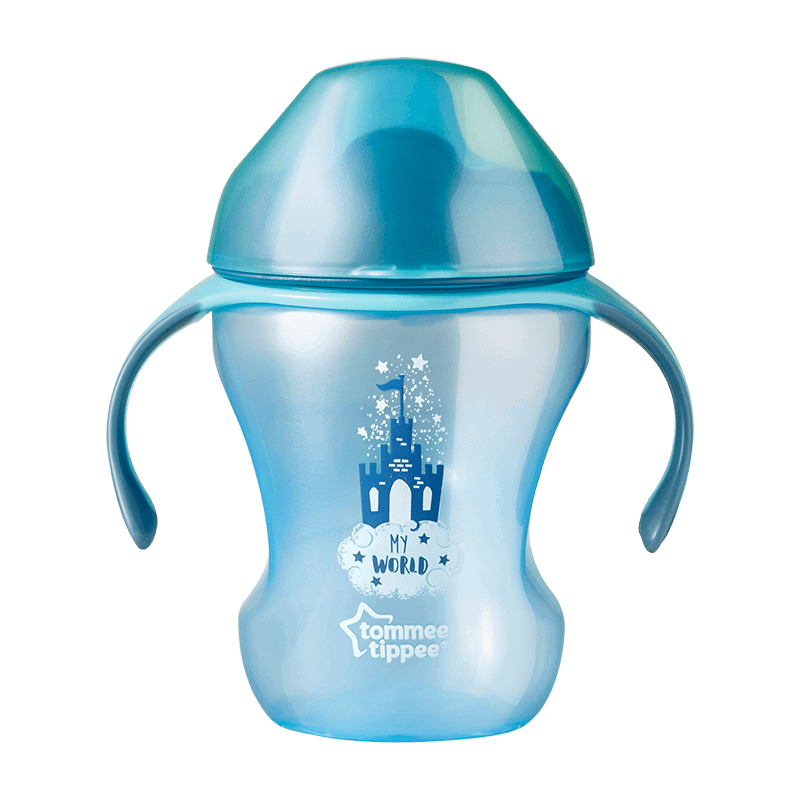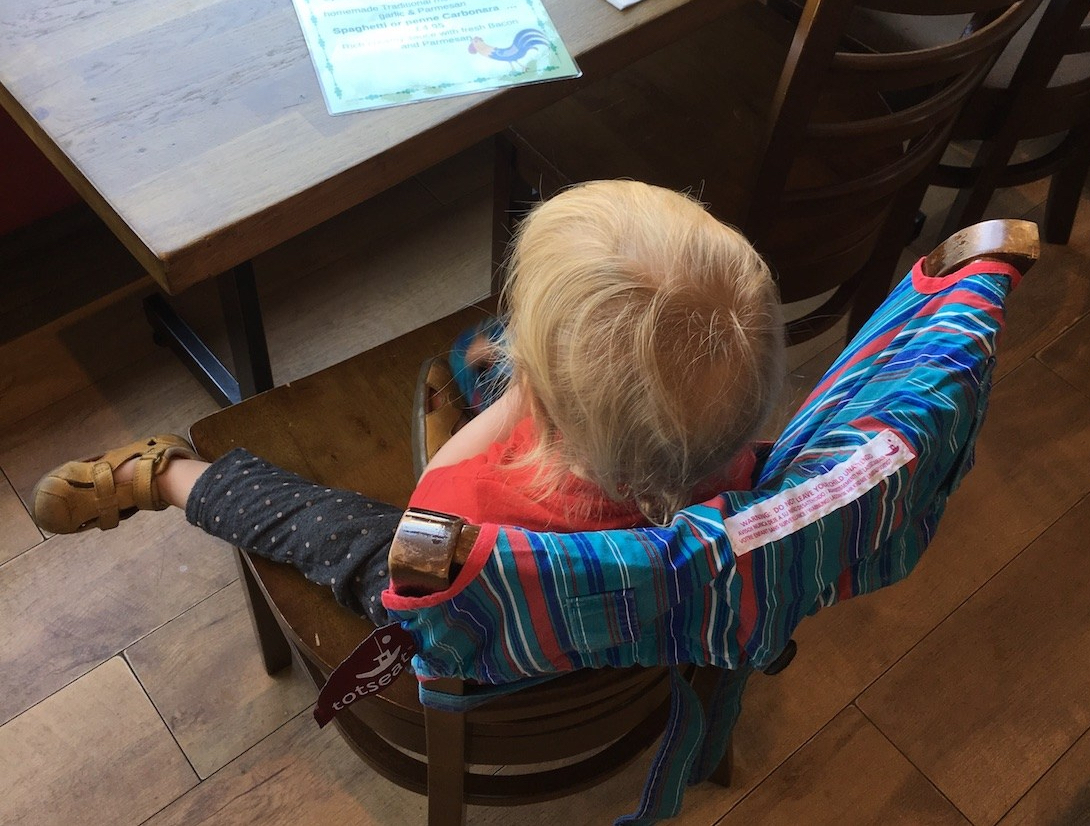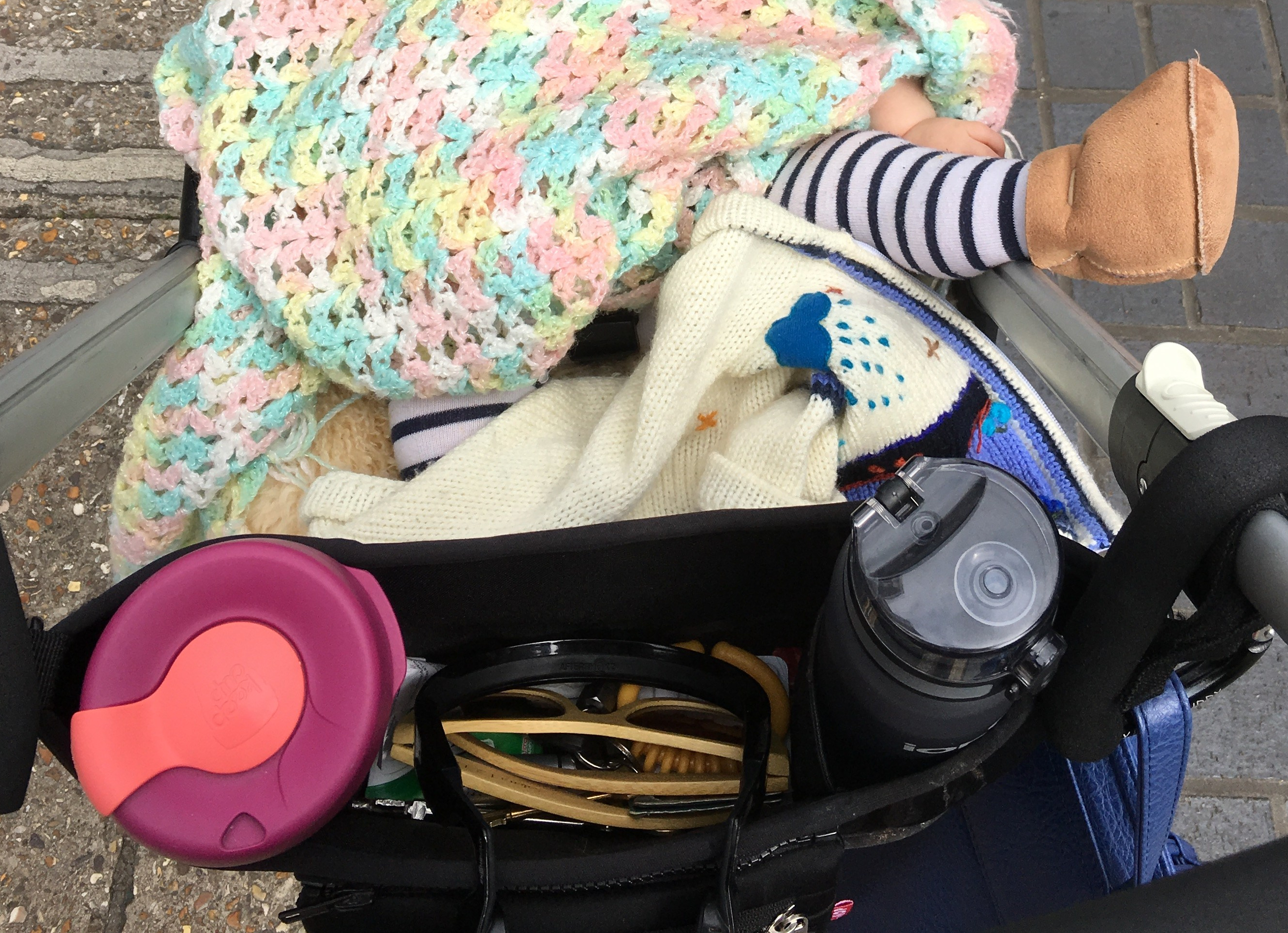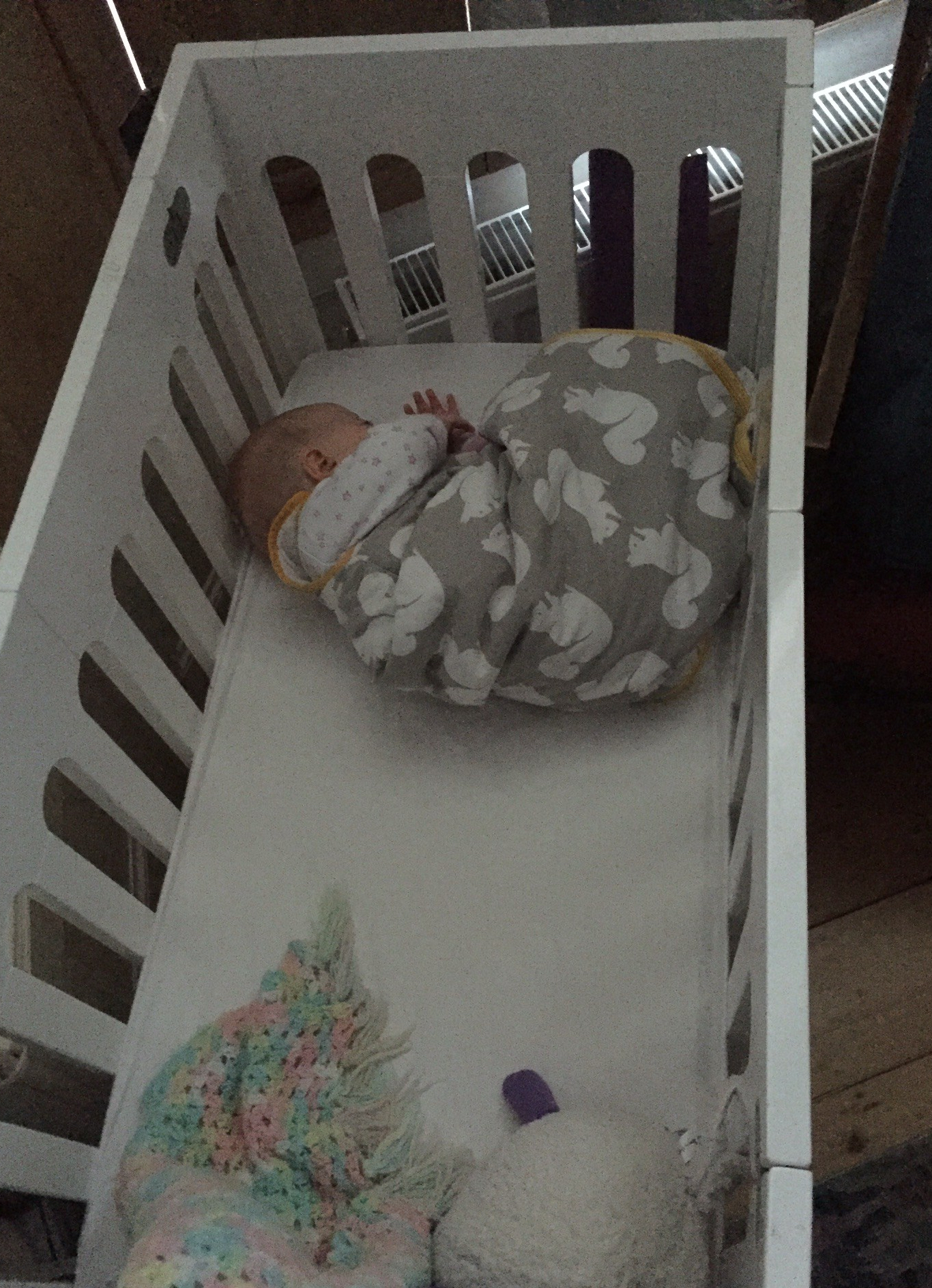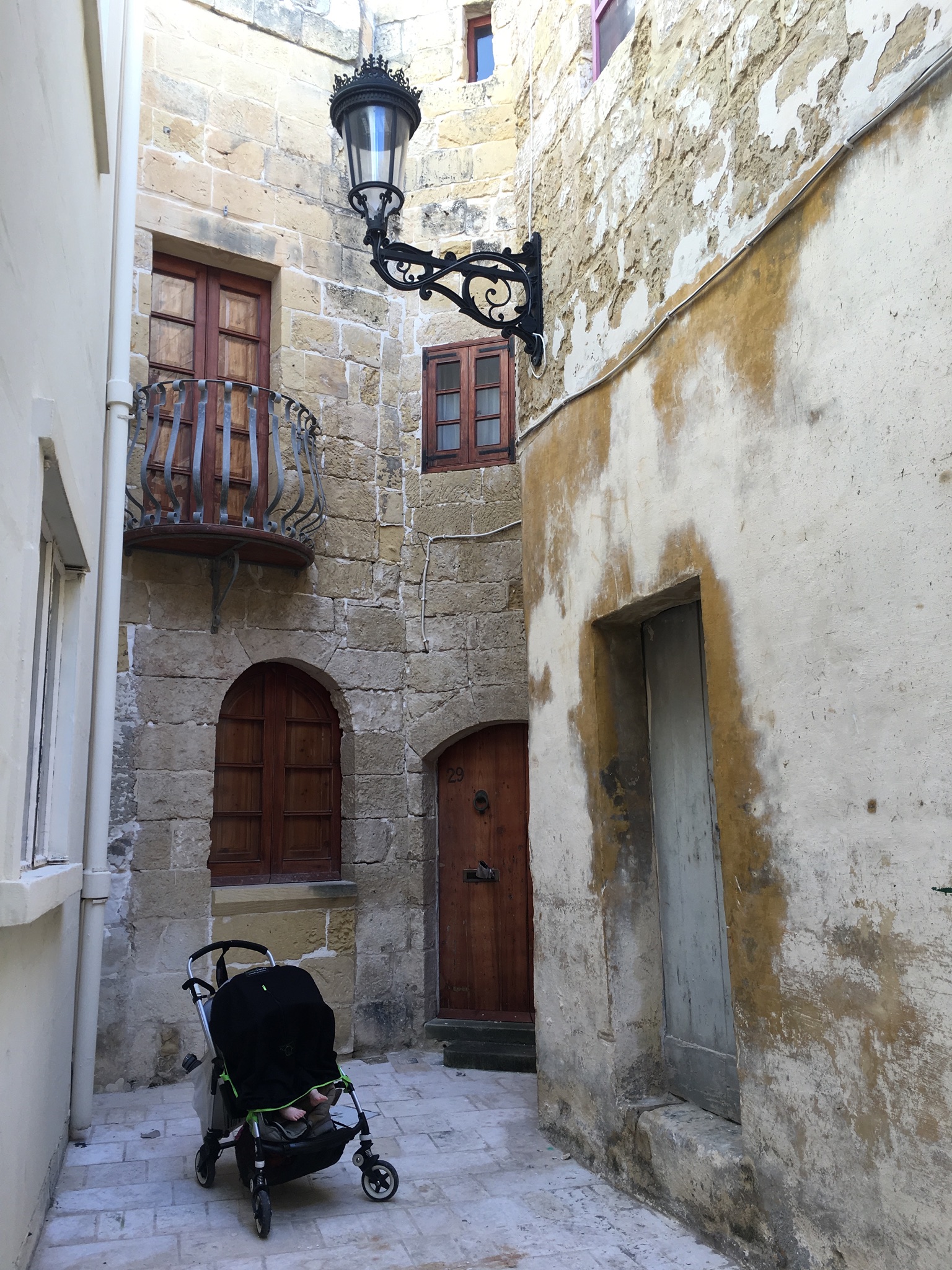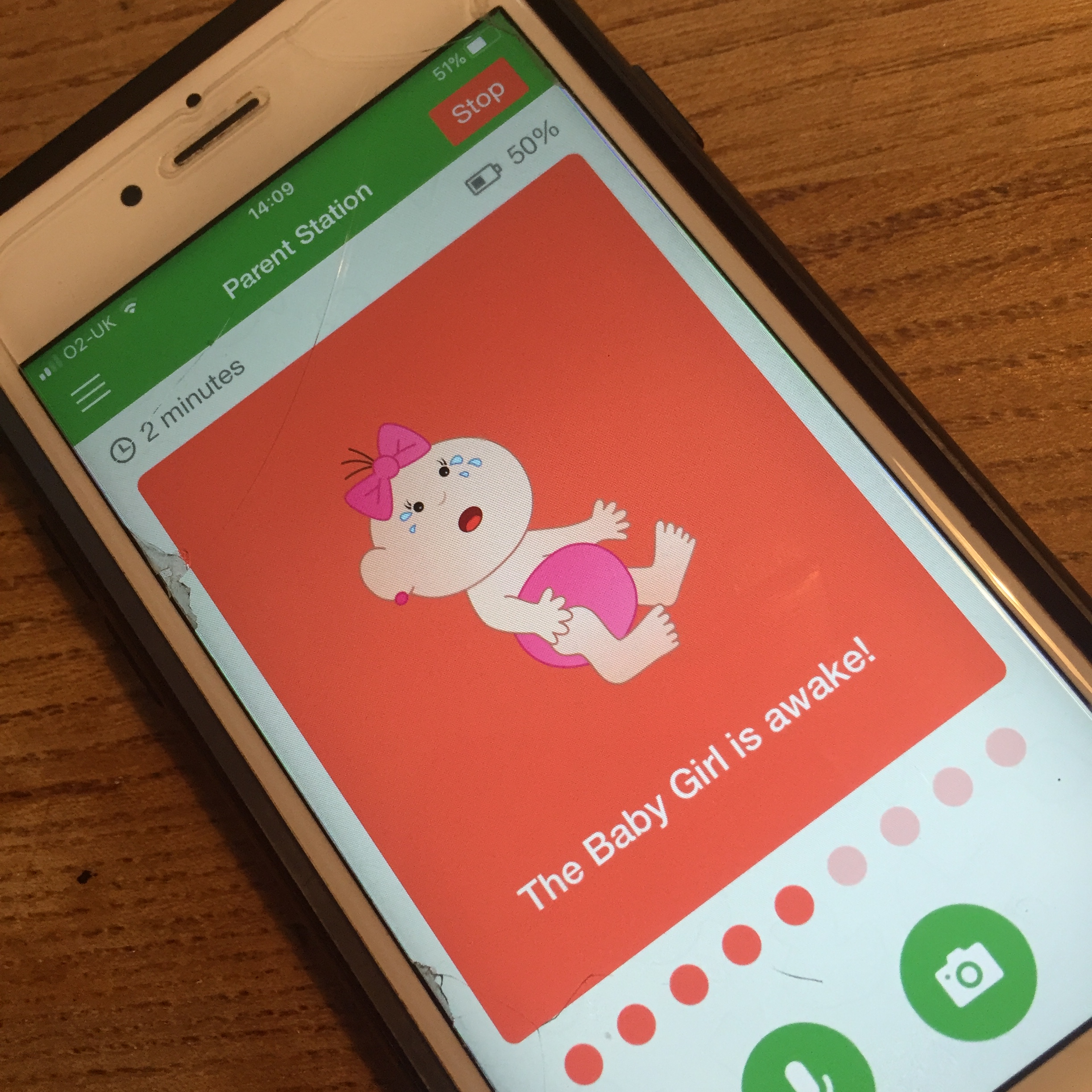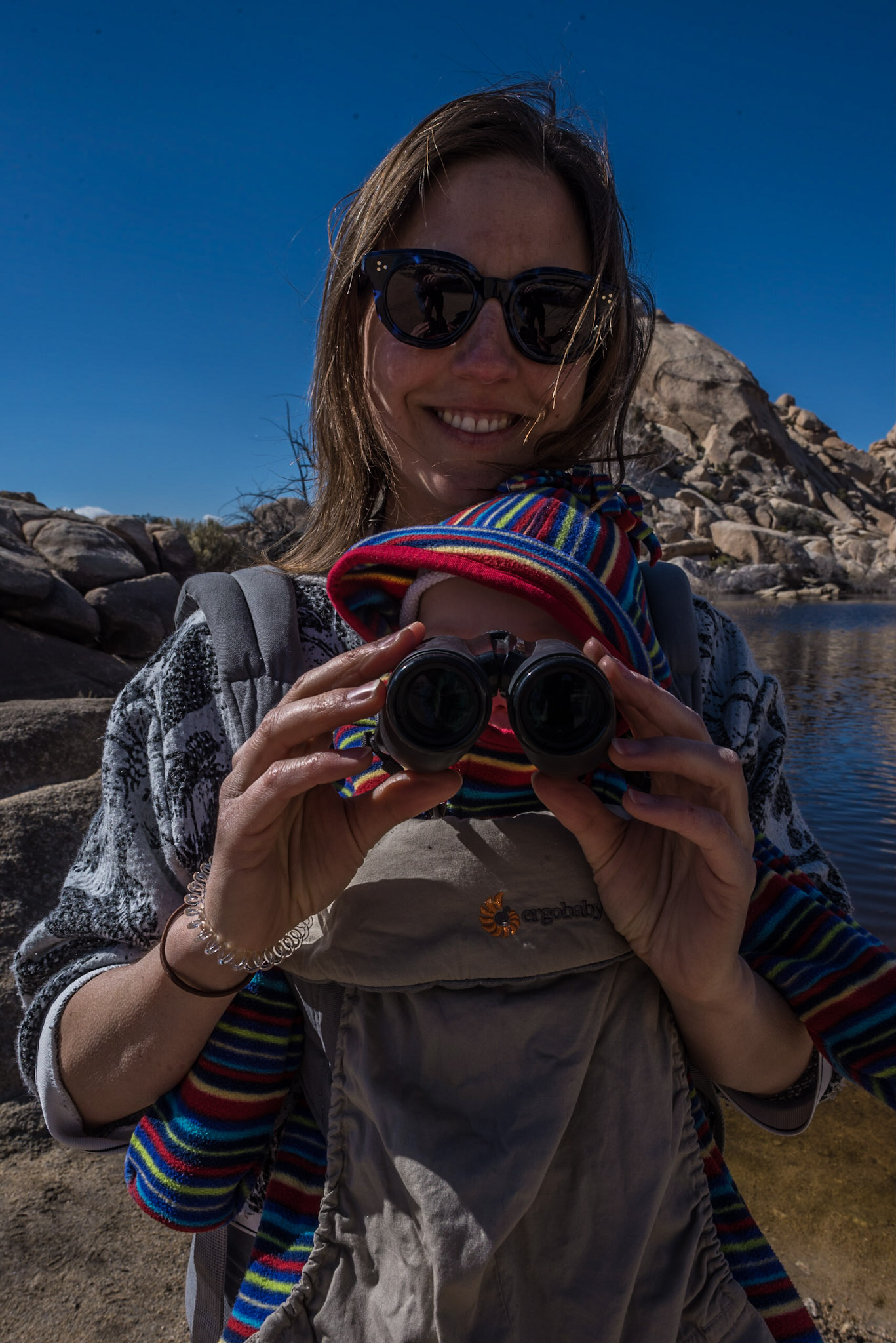I know that summer is properly over when I start searching through the cupboards in the baby girl’s room for the pram gloves. I’ve got terrible circulation and really feel the cold in my hands so this piece of baby travel kit is a winner for me. Particularly in the early days (if you have a winter baby), when you might be spending lots of time walking around with your new baby trying to get her to nap, you really want to make yourself as comfortable as possible.
Sure, you can just wear an ordinary pair of gloves when out with your baby in her pushchair but there are a benefits to having them attached to the buggy itself. One, they’re easy to take off and put on again, something you’ll find yourself doing a lot: pushchair clips are fiddly with gloves on. Two, because they stay attached to the pushchair you’re very unlikely to lose them. Three, you get to keep your own gloves nice, free from the detritus of mucky, on-the-move snacks, baby snot and so on.
How to choose a pair of pram gloves

There are a couple of different styles available. Which one you go for will depend on personal taste and the model of pushchair you own. We’ve got a single muff that fits both hands but separate gloves are popular too. Something to check before you buy is whether the pram gloves you’re considering are machine washable. It’s amazing how grubby your hands get when baby or toddler wrangling.
The only downside of such a convenient bit of kit is getting so used to having the pram muff that I forget to bring my gloves out with me when I’m not pushing the pushchair. But that’s more to do with me than the muff.

